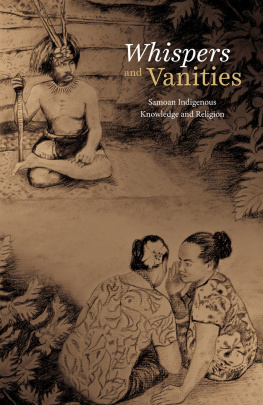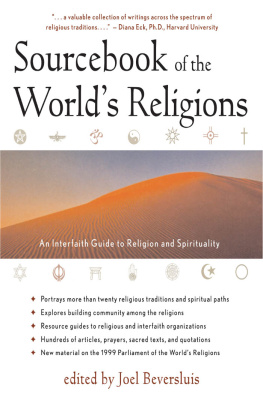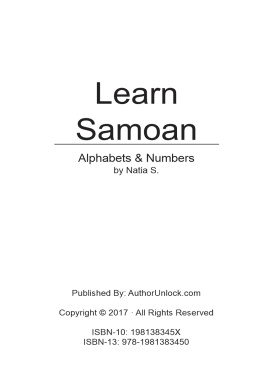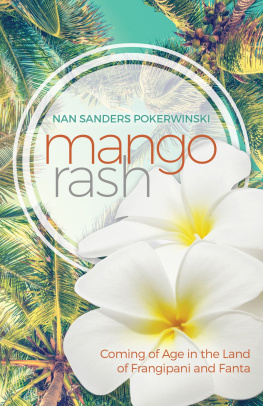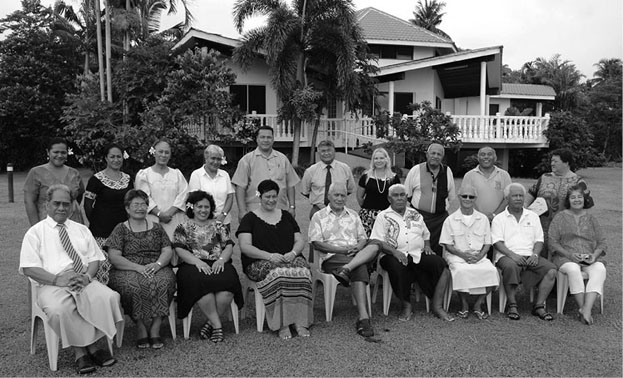First published in 2014 by Huia Publishers
39 Pipitea Street, PO Box 12280
Wellington, Aotearoa, New Zealand
www.huia.co.nz
ISBN 978-1-77550-160-2
epub ISBN 978-1-77550-183-1
Mobi ISBN 978-1-77550-184-8
Text copyright the authors 2014
Cover illustration of women and breadfruit Wendy Percival, 2014; based on a photograph by Galumalemana Steven Percival
Cover illustration of chief Wendy Percival, 2014, from a photograph in The Samoa Islands by Dr Augustin Kramer, published by the Polynesian Press, 1995
This book is copyright. Apart from fair dealing for the purpose of private study, research, criticism or review, as permitted under the Copyright Act, no part may be reproduced by any process without the prior permission of the publisher.
A catalogue record for this book is available from the National Library of New Zealand
Published with the assistance of the Gaualofa Trust
O le tusi lenei e faamanatu ai Moseniolo Ioane
Vito, le mana o lona auai ma lana tof faaalu, m
o se faasoa mo fnau a Samoa nei ma taeao o loo
glala e fia iloa le tala ma le mau tuufaasolo a
o tatou mtua.
----------
This book is dedicated to the memory and mission
of Monsignor Ioane Vito, who blessed us with his
presence and words at our 2010 Vailele Retreat,
and to present and future generations of Samoans
who wish to know of their Samoan heritage.
Photograph: Galumalemana S Percival 2010
Samoan Indigenous Knowledges and Religion Vailele Retreat, 1517 January 2010,
Residence of His Highness Tui Atua Tupua Tamasese Taisi, Head of State of Samoa
Back row, standing (left to right): Naomi Fuamatu, Dr Tamasailau Suaalii-Sauni, Faletua Erolini
Eteuati, Sister Vitolia Moa, Rev. Dr Upolu Luma Vaai, Rev. Dr Otele Perelini, Dr Pamela Stephenson
Connolly, Logo Silao Lemana, Brother Stephen L. Filipo, Taimalieutu Kiwi Tamasese
Front row, sitting (left to right): Rev. Vaiao Eteuati, Leatuaolevao Ruby Vaa, Sandra Alofivae, Judge
Ida Malosi, His Highness Tui Atua Tupua Tamasese Taisi Efi, Samoa Tamaalevea, Monsignor Ioane
Vito Fonoti, Emeritus Professor Albert Wendt, Reina Whaitiri
Contents
3. ?
Brief Explanation of the
Book Cover
The three main images used in the cover to illustrate the key concepts and places mentioned in the title of the book are: the aristocratic Samoan male matai (chief), the two women whispering, and the breadfruit tree.
The indigenous faamatai (chiefly system) of Samoa continues to govern modern Samoan society and culture. The well-toned, physically fit, male matai, sitting with ease gapevae (a cross-legged sitting position reserved in Samoan protocol only for the highest chiefs) on a mat outside his traditional house, holding a carved club, with a plain red headdress and feathers and a simple necklace of small whale teeth, is representative of the vanities of Samoan culture and society. By his understated attire and his choice of posture, the matai may be viewed as making a subtle but emphatic point about nobility, beauty, breeding and substance. In Samoan chiefly culture what is substance is found not in what is loud, temporary and bedazzling, but in what is quietly firm and steadfast. The challenge for all leaders is keeping grounded and humble despite having power and prestige. This image speaks to the complexities inherent in the concept of vanity and is meant to promote discussion on the many different manifestations of vanity in our indigenous cultures.
The juxtapositioning of the male matai with the second image of the two women whispering (seemingly about the vanities of the male matai) is meant to provoke dialogue on how gender works in the Pacific and on the claim that while Pacific women may not play as visible or prominent a role in public life as men, they and their influence are very much present and felt. The motif of women whispering thus captures the double purpose of depicting the prevailing gender stereotype of women as whisperers and the suggestion that the power and prestige of those at the top of society is not immune to the good and bad effects of their whispers.
The breadfruit tree was deliberately chosen as the third main image for inclusion because it is both native to the tropical Pacific and played a key role in indigenous Samoan hospitality customs and agriculture. Before the introduction of supermarkets, the fruiting seasons of the breadfruit tree would guide traditional Samoan horticulture. The planting of other food crops such as yams, taro and bananas was organised to ensure they would be ready for harvest in between the breadfruit seasons. This ensured food was available for the village all year round. In Samoas serving culture, the traditional way of making the breadfruit delicacy called taufolo was to cook mature aveloloa breadfruit on top of rocks that are heating in an open fire to be used for the umu (a rock and earth oven). Once cooked, the breadfruit is taken off the burning rocks and the burnt skin is removed. The steaming hot flesh is then placed into a bowl. An unripe breadfruit, with a stick pushed through it to act as a handle, is then used to pound the hot flesh into a soft dough. The still-hot dough is then piped, using ones hand, through a small hole formed by the index finger and thumb. The dough coming out the other end is broken into pieces by the index finger and thumb closing the hole and effectively cutting the dough. The pieces of dough, which should still be hot, are then shaped by hand into round dumplings. A sauce of caramelised coconut cream or sea water is then added to the dumplings and the dish is presented ready for eating. In traditional times a servers ability to show discipline and artistic flair in his service was measured by his ability to make good taufolo and serve it with panache. These breadfruit traditions reflected a spiritual culture that emphasised the importance of being in tune with and appreciating the blessings of God our provider, knowing ourselves and our boundaries with nature, and receiving and serving with humility our providence. These are central themes in this book.
Lastly, the covers colour scheme of sepia, black, white and yellow gold was chosen to evoke a sense of history and tradition, and encourage a feeling of earthiness, with the contrasts and inflections of light and darkness both enhancing and inhibiting that earthiness. Yellow gold in Samoan mythology is a colour of the rising sun, fire and energy. White is for purity and forgiveness. Black is the colour of femaleness, of sacredness and of life. Sepia is the colour of earth, dust and clay and is representative of humility and service.
Brief explanations of the Galualofa Trust logo and Huia Publishers logo
The Gaualofa Trust has as the main motif of its logo the image of the lupe tuaefuefu (greyback pigeon). The name Gaualofa and the lupe tuaefuefu finds connection in the ancient story of the potential war between Tagaloa Funefeai of Safune and Tui Atua Fepuleai of Lufilufi that was prevented by the acceptance of an ifoga (a traditional ritual that is performed when seeking the pardon or mercy of an offended party) performed by Tui Atuas wife, Utufaasili, to her father, Tagaloa, on behalf of her husbands people and their unborn child, at Letogo bay. Utufaasili, who was with child, goes out to her fathers war canoe that was on the open sea to plead in person for his mercy. In her plea she whispers the famous saying: e leai se gaumatau na o le gaualofa (what you do in the name of hatred will not survive, but what you do in the name of love will live forever). Upon listening to her plea, and especially to these words, Tagaloas heart melted and he agreed to negotiate a truce. After reconciling with Tagaloa Funefeai in Lufilufi, Utufaasilis husband Tui Atua Fepuleai then ceded, among other things, the name of his aumaga (untitled mens guild) Tama-o-le-lupe-tuaefuefu (meaning, the greyback pigeon guild) to Safune. The name persists today as the name for the aumaga of Safune and the greyback pigeon is their emblem. The lupe tuaefuefu was a prized bird in traditional Samoa. The greyback pigeon and the full gaualofa saying has been adopted as the full name, motto and emblem for the Gaualofa Trust. Like the symbolic significance of the huia bird of Huia Publishers, the vision and mission of the Gaualofa Trust is to promote and protect Samoas indigenous heritage. In this respect the lupe tuaefuefu sits proudly alongside the huia.
Next page
